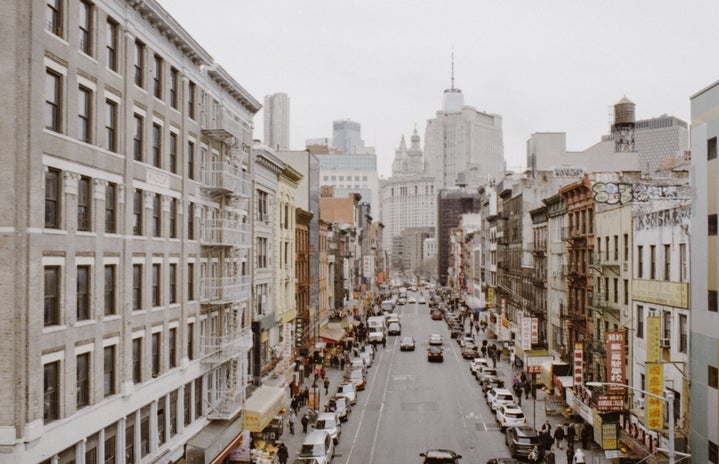As anyone who knows me knows, I am a self-proclaimed period piece lover. Most of my days are spent watching and re-watching my favorite films and TV shows, including Pride and Prejudice, Call the Midwife, The Crown, The Duchess, and my absolute favorite, Downton Abbey. The six-season series follows the aristocratic Crawley family and their servants from before World War I into the roaring twenties. Created by Julian Fellowes, the critically acclaimed show has been praised by many, and its second of two movie adaptations is set to hit theaters in March of this year. However, Felloews decided not to make us wait that long for more period piece content.
On January 24th, HBO aired the first episode of Fellowes’s new show, The Gilded Age. Set in the same universe as Downton Abbey, this new series is set a generation earlier in the 1880s. It follows wealthy American families finding their way through upper-class society and attempting to climb to the top. The show highlights the social war between old money and new money families. When I first heard about this show, I was overwhelmingly excited. After having watched the series premiere, I have lots of thoughts and opinions.
One of the most important aspects of Downton Abbey is the focus not only on the Earl of Grantham and his family, but also the inclusion of all the staff who work in the house and their own dilemmas. There are discussions about the inequality between the peerage and normal, working-class families. Though The Gilded Age is not set in a society that is ruled by nobility, it does still comment on economic inequality. We are also introduced to some of the main staff in a few of the houses, getting a feel for their place and daily lives. I am hoping, however, that there will be a greater emphasis on the problems of the lower class. At this point in time, as the world was on the brink of the modern age, life was not easy for those forced to work in factories or other lowly jobs in order to survive. While it is interesting to see the lives of the rich and powerful, I hope the show does show how those at the top took advantage of the less fortunate.
My favorite aspect of all period pieces is always the costumes. The show’s costume designer, Kasia Walicka-Maimone, did not disappoint. The late-Victorian era fashion showcased in the show is beautiful. We can see the full skirts of exquisite fabric, complete with the bustle in the back to create the trademark silhouette of the time. We also get mentions of the tight-laced corsets worn to emphasize women’s shapes, and the high collars that covered most of the neck during the day. The only improvement I would like to see in the costumes throughout the show is the inclusion of more ornate detailing. These families are obscenely rich, and if we are to showcase the lengths they were willing to go to become socially important, the costume department will need to go all out.
The establishment of the characters and plot were done very well in the first episode. We are introduced to some very strong female characters, including a Black woman who befriends the protagonist and shares her dream of becoming a writer. It’s important to note this, as there were almost no people of color throughout the entirety of Downton Abbey. Given that The Gilded Age is set in the bustling city of New York, I hope we will be able to enjoy a more diverse cast and truly explore the issues of the day. I am very excited for this new series, and am already counting down until the next episode.


